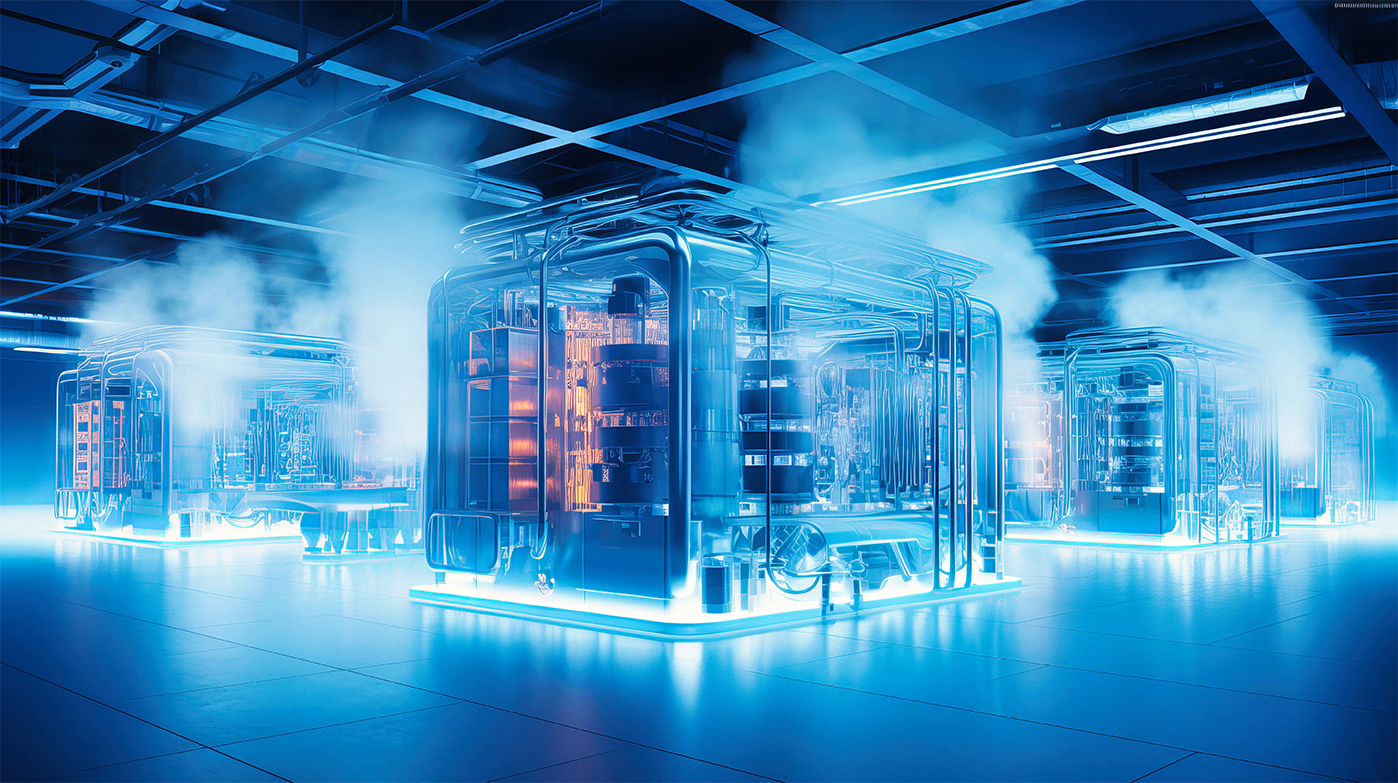Keeping Cryogenics Contamination Free
Cryogenics is the science and technology behind extremely cold temperatures and the different ways these ultra-cold temperatures can be used. While cryogenics has led to our better understanding of different materials and the transition from a gas to liquid state, in manufacturing, cryogenics focuses on the production, storage, transport and use of materials in these extra cold conditions measured in the scale of Kelvin.
This role cryogenics plays in the manufacturing field has been found vital in the expansion of the industry. Specifically, this discipline involves the study and utilization of materials and systems operating at temperatures below -150 degrees Celsius (-238 degrees Fahrenheit), often employing gasses like nitrogen and helium in their liquefied forms.
The integration of cryogenics in manufacturing processes has brought about several significant advancements and benefits for various sectors, including aerospace, automotive, electronics, quantum computing, food processing and storage, medical devices, laboratories and more.
What is Cryogenic Contamination?
One of the major challenges in manufacturing and using cryogenic systems is keeping the systems clean and free of contamination. Contaminants in cryogenic systems are any substances or particles that are not part of the intended composition of the cryogenic materials being processed that often result in costly catastrophic failures.
This can take form in many ways, for example, if a cryogenic system is designed to work with liquid nitrogen or helium, the presence of air or other gasses can be considered contaminants and can affect the performance and purity of the cryogenic process. Solid particles like dirt, rust, or dust can cause wear and tear on equipment or lead to clogging. Moisture or oils in the system can cause blockages as well as possible freezing in such cold temperatures. In some applications, especially in the healthcare and pharmaceutical industries, biological contaminants such as bacteria or viruses must be prevented from entering cryogenic systems to ensure the safety and purity of products in those fields.

Avoiding Contamination
Avoiding contamination is of paramount importance in cryogenics and can have serious consequences, not only for the integrity of the products being manufactured but also for the safety of the personnel and the efficiency of cryogenic processes. Cryogenic temperatures, often reaching hundreds of degrees below freezing, can cause extreme cold burns, as well as asphyxiation if cryogenic gasses are released. Contaminants in the form of foreign material can interfere with the proper function of the application leading to possible safety risks.
These contaminants can also compromise the quality of the products being manufactured. This is particularly significant in industries like pharmaceuticals, semiconductor manufacturing or quantum computing, where precision and purity are of the utmost importance. Contaminants can block valves, corrode surfaces, clog cryogenic lines and overall affect the longevity of cryogenic equipment.
In the pharmaceutical industry, cryogenic techniques are used to produce, store, and package pharmaceuticals. Two typical applications in this industry are dry freezing and cryogenic palletizing. In the semiconductor manufacturing process, cryogenic solutions are used to cool and clean the surfaces of semiconductor wafers, which are thin slices of semiconductor material, used to create microchips. In quantum computing, cryogenic cooling is essential for achieving the ultra-low temperatures required to isolate and control qubits, the fundamental units of quantum information. In the end, no matter the industry, keeping contaminants out of a cryogenic system is vital.
Cleanliness From the Start
In an effort to prevent these contaminants from happening, cryogenic systems are often operated in controlled environments, such as cleanrooms or laboratory glove boxes. Using high-purity metals and other materials along with proper maintenance will help keep contaminants to a minimum. Implementing stringent quality control processes, including testing and inspection, help ensure that products meet specified purity and performance criteria.
Proper training and adherence to safety protocols are essential for all personnel working with cryogenic systems to prevent contamination accidents. One of the potential life-limiting factors for cryogenic systems is internal contamination of the helium gas. Condensable species such as water and carbon dioxide will freeze on cold surfaces at sufficiently low temperatures, leading to blockage of the flow and possibly increased parasitic heat conduction.
Manufacturers must prioritize contamination control as a fundamental aspect of their cryogenic processes to achieve successful and reliable outcomes. This is done in part when manufacturing cryogenic systems. In some cases, components must be cleaned and assembled in a clean room environment. After final assembly a cleaning process is also performed to prevent contamination from the start of first use.
In Closing
As you can see, keeping Cryogenic systems and components contamination free is vital to a system’s overall performance and operation. Even the smallest particles, which are not visible and sometimes microscopic, can be a root cause for contamination. Keeping systems free of debris and contaminants will not only ensure a properly operating system but, will also pay dividend in the long run as costly catastrophic failures are averted.
OMNI SERVICES
The Northeast's leading hose and accessories distributor with retail service stores located throughout Massachusetts, New Hampshire, Connecticut, Maine, New Jersey, New York, North Carolina, Delaware and Canada. With over 40 years of specializing in fluid conveyance, we continue to provide products of the highest quality and excellent service.
OUR COMPANY
Corporate Address: 12 East Worcester Street Worcester, MA 01604 USA View Map on Google
CONTACT US
Phone:1-844-365-1621
Fax: 1-508-799-2844
